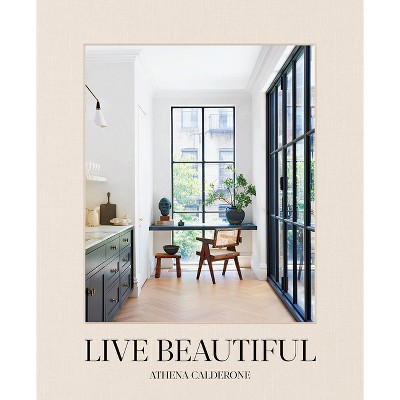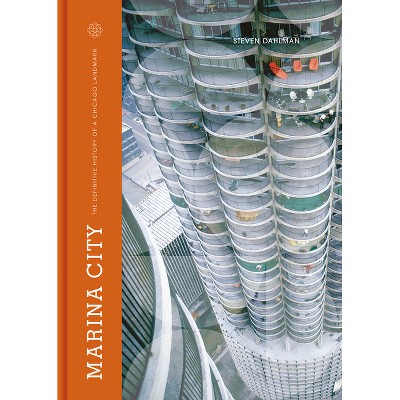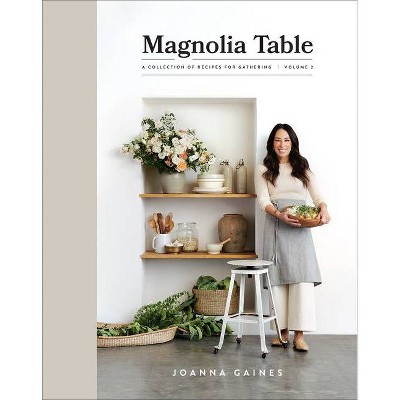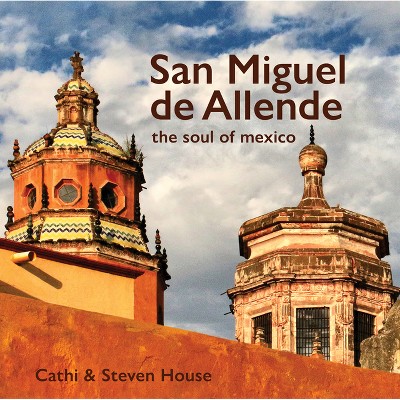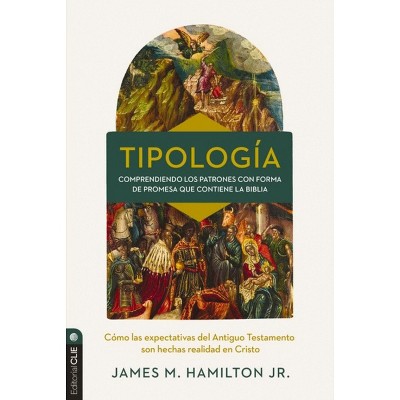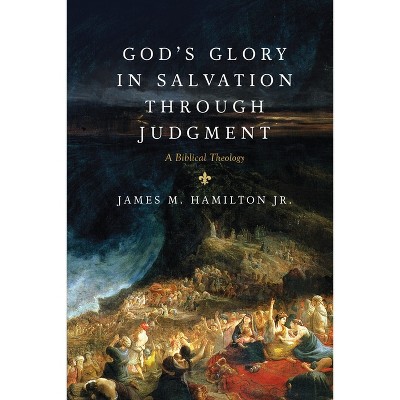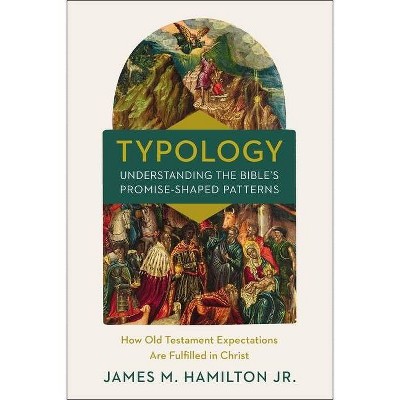Sponsored

Tashiding - by Douglas Hamilton Jr & Norman Barker (Hardcover)
$70.29Save $4.71 (6% off)
In Stock
Eligible for registries and wish lists
Sponsored
About this item
Highlights
- Visited by up to 500 guests annually, this number promises to increase with additional garden club registrations and publicity.
- Author(s): Douglas Hamilton Jr & Norman Barker
- 348 Pages
- Architecture, Buildings
Description
Book Synopsis
Visited by up to 500 guests annually, this number promises to increase with additional garden club registrations and publicity.
Stunning photographs and the book's elegant design take readers on an exquisite visual tour of the property and its development, including the origins and culture of its owners--Douglas Hamilton former president and chairman of The Walters Museum in Maryland and Tsognie Wangmo, the eldest child of the last king of Sikkim, shortly before the Himalayan royal kingdom was taken over by India.
Dimensions (Overall): 9.8 Inches (H) x 12.9 Inches (W) x 1.5 Inches (D)
Weight: 5.6 Pounds
Suggested Age: 22 Years and Up
Number of Pages: 348
Genre: Architecture
Sub-Genre: Buildings
Publisher: Oro Editions
Theme: Residential
Format: Hardcover
Author: Douglas Hamilton Jr & Norman Barker
Language: English
Street Date: November 11, 2025
TCIN: 1002898459
UPC: 9781961856868
Item Number (DPCI): 247-04-0657
Origin: Made in the USA or Imported
If the item details aren’t accurate or complete, we want to know about it.
Shipping details
Estimated ship dimensions: 1.5 inches length x 12.9 inches width x 9.8 inches height
Estimated ship weight: 5.6 pounds
We regret that this item cannot be shipped to PO Boxes.
This item cannot be shipped to the following locations: American Samoa (see also separate entry under AS), Guam (see also separate entry under GU), Northern Mariana Islands, Puerto Rico (see also separate entry under PR), United States Minor Outlying Islands, Virgin Islands, U.S., APO/FPO
Return details
This item can be returned to any Target store or Target.com.
This item must be returned within 90 days of the date it was purchased in store, shipped, delivered by a Shipt shopper, or made ready for pickup.
See the return policy for complete information.

